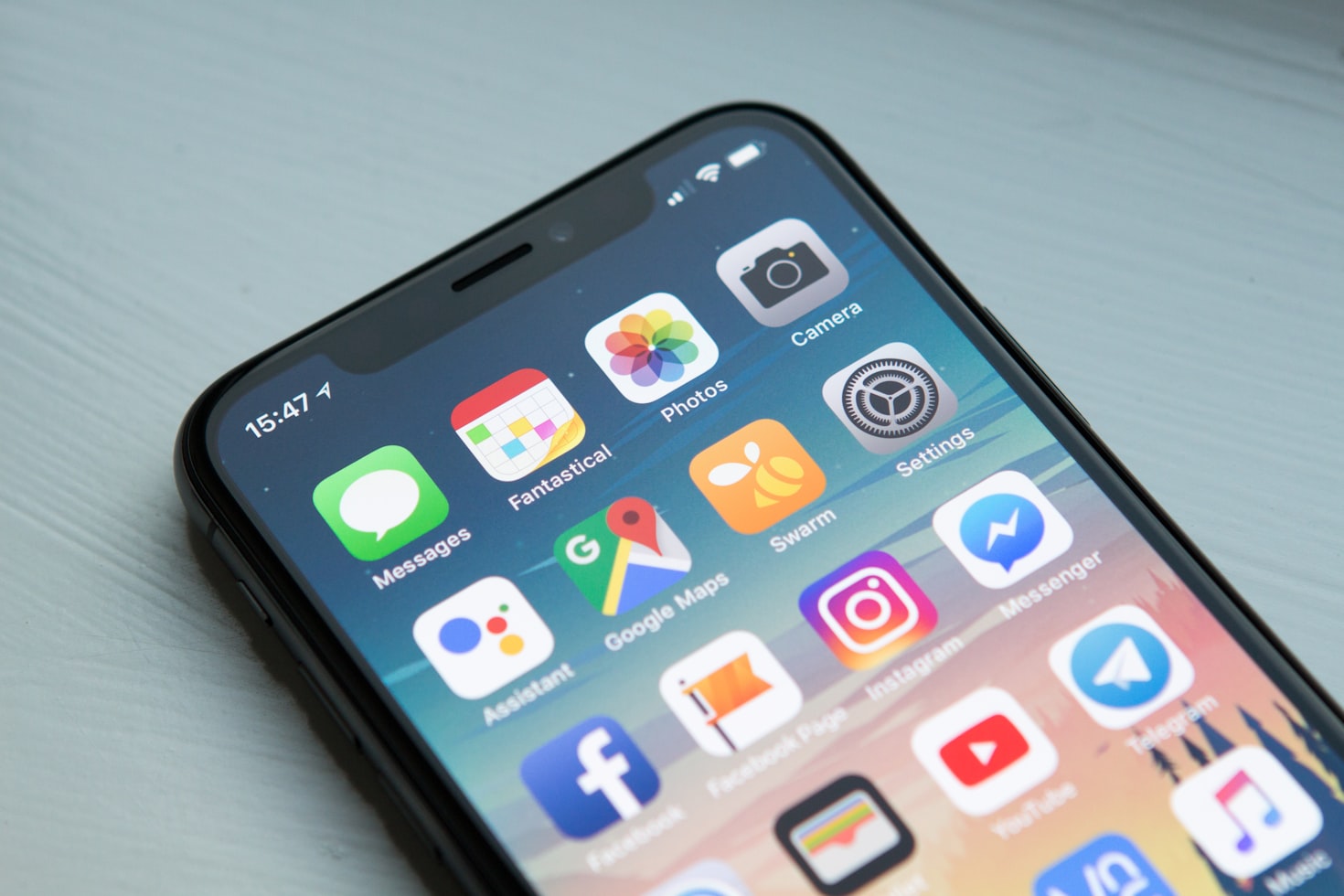Creating a successful mobile app goes beyond just functionality. The user experience (UX) and user interface (UI) design play crucial roles in determining whether users will embrace your app or abandon it after the first use. In this comprehensive guide, we'll explore the key principles of creating user-friendly mobile apps that keep users engaged and coming back for more.
1. Intuitive Navigation
The navigation structure of your app should be intuitive and easy to understand. Users should be able to find what they're looking for within a few taps without getting lost or confused.

Key Navigation Principles:
- Use standard navigation patterns that users are familiar with
- Keep the navigation consistent throughout the app
- Limit the number of top-level navigation items to 3-5
- Provide clear labels and recognizable icons
- Include a search function for content-rich apps
2. Simple and Clean Design
A cluttered interface overwhelms users and makes it difficult for them to complete tasks. Embrace minimalism and focus on the essential elements that users need.
"Good design is obvious. Great design is transparent." - Joe Sparano
Design Best Practices:
- Use ample white space to reduce visual clutter
- Maintain a consistent color scheme and typography
- Ensure touch targets are at least 44x44 pixels for easy tapping
- Use visual hierarchy to guide users' attention
- Optimize for one-handed use on mobile devices
3. Fast Performance
Users expect apps to be fast and responsive. Slow loading times and laggy interactions are among the top reasons users abandon apps.

Performance Optimization Tips:
- Optimize image sizes and use appropriate formats
- Minimize the number of HTTP requests
- Implement lazy loading for content
- Cache data appropriately to reduce server requests
- Test your app on various devices and network conditions
4. Personalization
Personalized experiences make users feel valued and increase engagement. Use data intelligently to tailor the app experience to individual users.
Personalization Strategies:
- Remember user preferences and settings
- Provide personalized recommendations
- Customize content based on user behavior
- Allow users to customize their interface
- Use push notifications strategically and personally
5. Accessibility
An accessible app can be used by everyone, including people with disabilities. This not only expands your potential user base but also creates a better experience for all users.
Accessibility Considerations:
- Ensure sufficient color contrast for text and UI elements
- Provide alternative text for images
- Support screen readers and other assistive technologies
- Make all functionality available through touch and keyboard navigation
- Provide options to adjust text size
6. Onboarding and Education
First-time users need guidance to understand how to use your app effectively. A good onboarding process can significantly reduce abandonment rates.

Effective Onboarding Techniques:
- Keep onboarding brief and focused on key features
- Use progressive disclosure to avoid overwhelming users
- Provide interactive tutorials when necessary
- Allow users to skip onboarding and explore on their own
- Offer tooltips and contextual help throughout the app
7. Feedback and Communication
Users need to know what's happening within the app. Provide clear feedback for actions and maintain open communication channels.
Feedback Mechanisms:
- Use visual feedback for touch interactions
- Provide loading indicators for processes that take time
- Display clear error messages with solutions
- Confirm destructive actions before executing them
- Provide easy ways for users to give feedback and report issues
Conclusion
Creating a user-friendly mobile app requires careful attention to design, performance, and the overall user experience. By following these principles and continuously gathering user feedback, you can create an app that not only meets users' needs but also delights them with its ease of use and thoughtful design.



